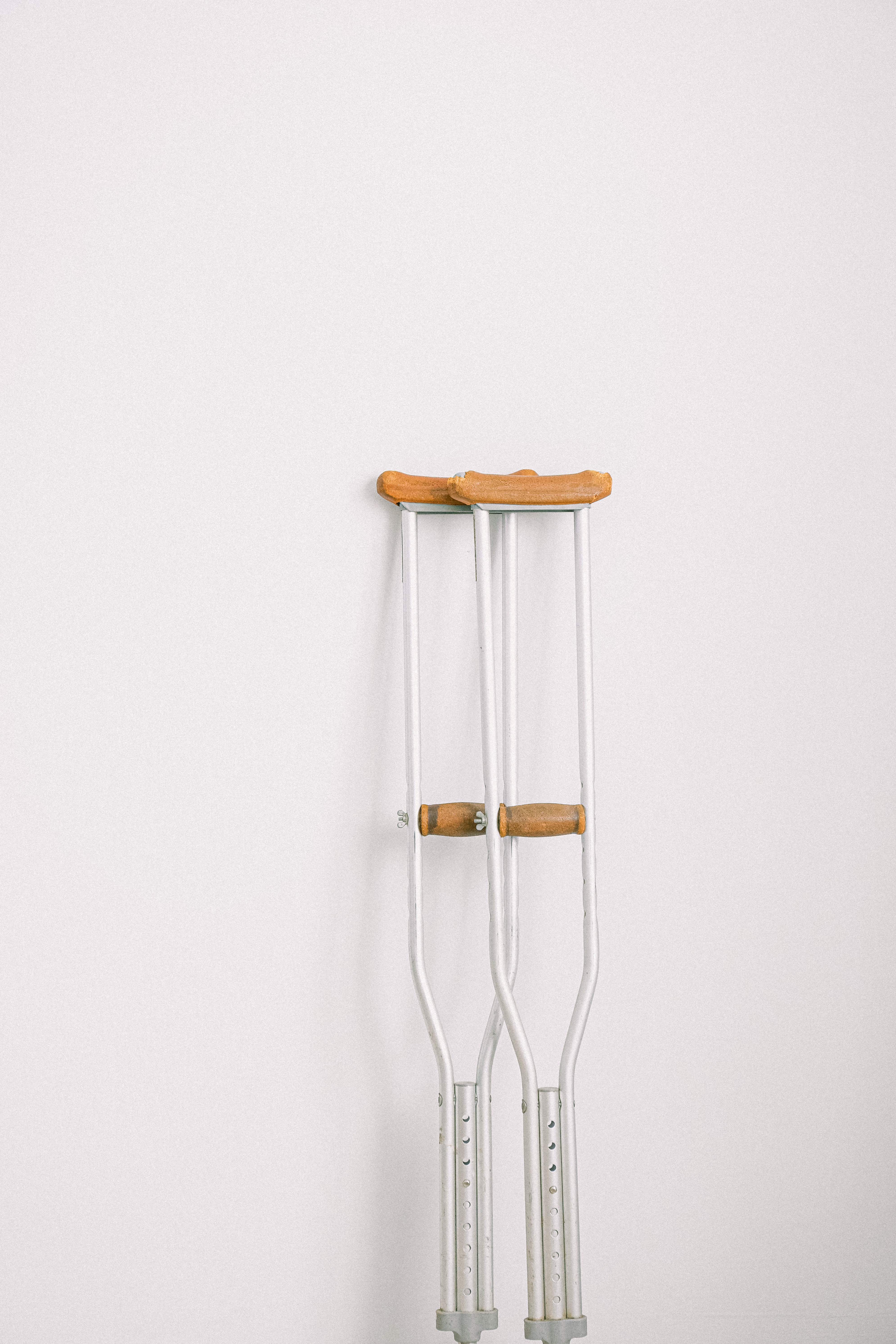
On December 9, 2016, Clark Hudson obtained a defense verdict after the jury deliberated for 45 minutes. The case concerned a plaintiff who experienced nerve irritation following placement of a suburethral sling for stress urinary incontinence.
Plaintiff claimed the urogynecologist negligently positioned her in the lithotomy position intraoperatively, which resulted in widespread injury to the lumbosacral plexus. Plaintiff focused on one post-operative progress note, in which the urogynecologist documented the patient was positioned with “extreme flexion of the hips” prior to surgery. This was recognized prior the 20-minute procedure beginning, and the patient’s hips were repositioned to extend the legs to 90-degree angles. According to plaintiff, it was below the standard of care to position her legs with extreme flexion of the hip. Specifically, plaintiff introduced evidence that her injuries, which do not occur in the absence of negligence, could only have resulted if her hips were both hyper flexed and hyper-abducted intraoperatively. According to plaintiff, despite her diligent efforts to rehabilitate her left leg, she still experiences instability and weakness, such that she is unable to squat down without a bar to assist her or sit for long periods of time.
The defense presented evidence that plaintiff’s symptoms were initially musculoskeletal in nature, and the symptoms plaintiff claimed she still had in 2016 were not the same symptoms she complained of after her surgery in 2013. The defense argued there was simply no evidence that plaintiff’s leg was hyper flexed and hyper-abducted intraoperatively. Instead, the urogynecologist made every possible effort to determine the cause of and treat plaintiff’s post-operative symptoms. While he was considering all potential causes, he documented in his medical records that plaintiff’s leg was observed to be hyper flexed and repositioned prior to the surgery beginning. It is not below the standard of care, or even uncommon, for the urogynecologist to fine tune a patient’s lithotomy positioning prior to beginning a procedure. Even if plaintiff were correct that she experienced a lumbosacral radiculopathy or plexopathy, these injuries would have nothing do with lithotomy positioning. With respect to damages, plaintiff reluctantly admitted on cross examination that she began taking flying lessons 7 months after her surgery while she was also receiving disability benefits. Based on plaintiff’s testimony about her continued complaints of left leg instability, the defense introduced various Facebook pictures which depicted plaintiff balancing on her left leg on the strut of an aircraft and squatting beneath the aircraft to check the fuel. These pictures demonstrated plaintiff’s symptoms were not as severe as plaintiff claimed.
The jury ultimately agreed with the defense that the urogynecologist always performed within the standard of care.
Clark R. Hudson is a shareholder at Neil Dymott Hudson and concentrates his practice on the defense of healthcare professionals and civil litigation. Mr. Hudson may be reached at (619) 238-1712.


